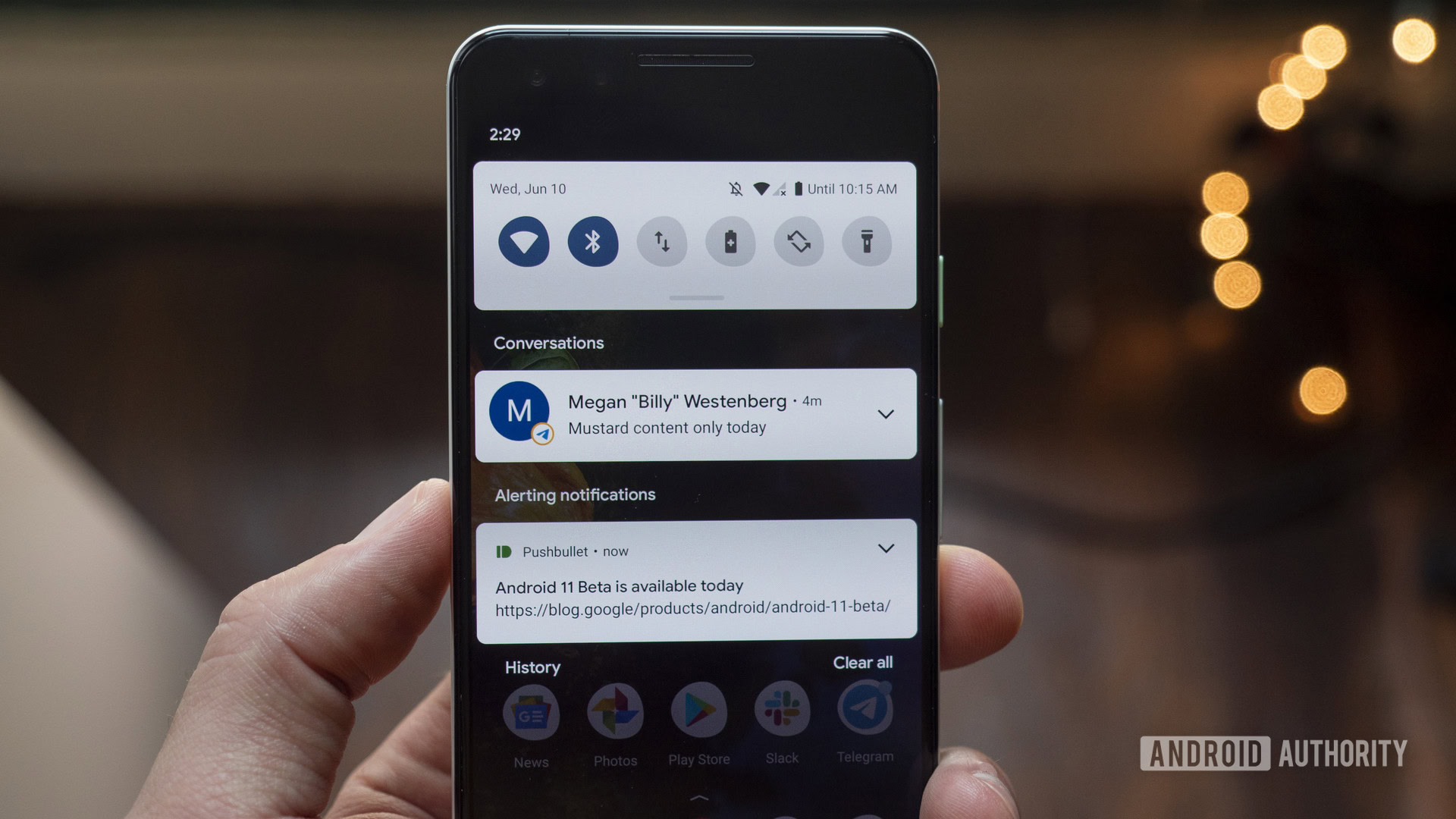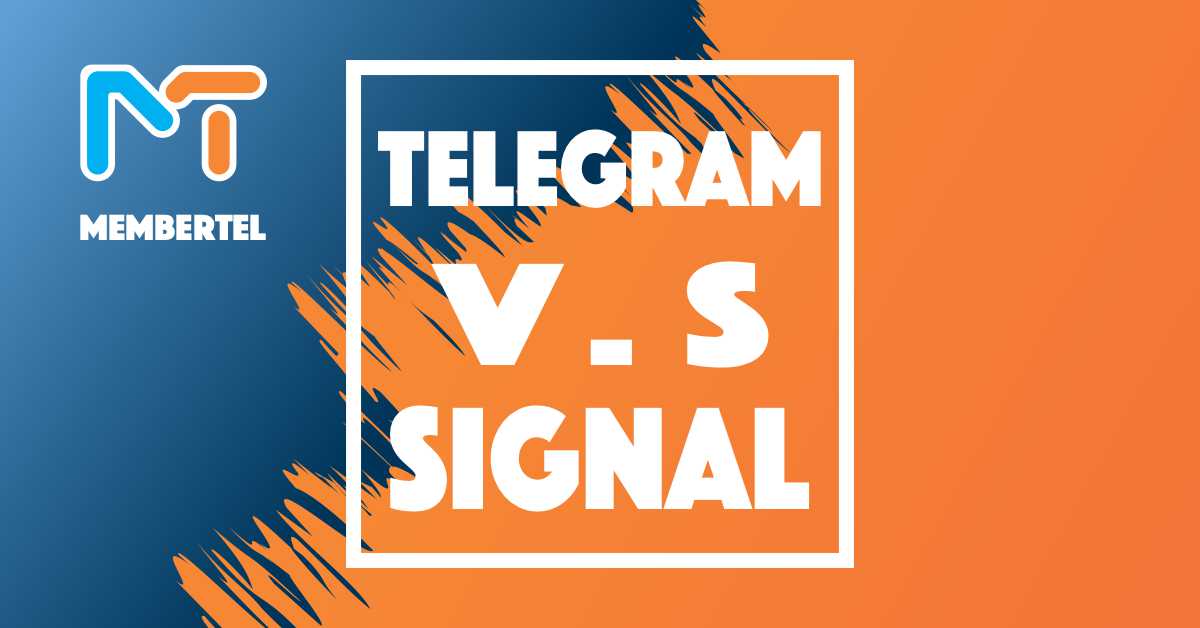

SEE: BYOD Approval Form (TechRepublic Premium)īoth Signal and Wire offer stronger security measures than system default messaging solutions, such as Google Messages, Apple’s iMessage or Microsoft’s Skype. The best chat services maximize security not only by encrypting content, but also by minimizing information connected to a communication, such as any data that might identify the sender, time or type of a message. For more info, visit our Terms of Use page.Įncrypted chat services let you convey content without worries that anyone other than the intended recipient might access your messages. This may influence how and where their products appear on our site, but vendors cannot pay to influence the content of our reviews. We may be compensated by vendors who appear on this page through methods such as affiliate links or sponsored partnerships. Learn about key distinctions between these two secure messaging apps. Wire: Compare messaging app privacy and securityīy design, Signal and Wire offer better security than system-default messaging services. This includes showing relevant offers and ads across the Facebook Company Products.”Ħ) For example, Signal doesn’t comply with GDPR’s Articles 27 and 28.ħ) The CLOUD Act entitles US authorities to access data from US IT service providers (even if the data is not stored in the US).Signal vs.


Learn moreģ) WhatsApp generates unencrypted chat backups in Google cloud or iCloud.Ĥ) Telegram: By default, all messages are permanently stored on the server and could, in theory, be read by the service provider, the only exception being end-to-end encrypted single chats.ĥ) According to WhatsApp’s privacy policy, “As part of the Facebook Companies, WhatsApp receives information from, and shares information with, the other Facebook Companies. 1) Telegram: End-to-end encryption can be optionally enabled in single chats, but this feature is disabled by default and neither available in group chats nor compatible with parallel use of the service on multiple devices.Ģ) Group calls can be routed through media routers outside of Switzerland, depending on the location of the participants.


 0 kommentar(er)
0 kommentar(er)
